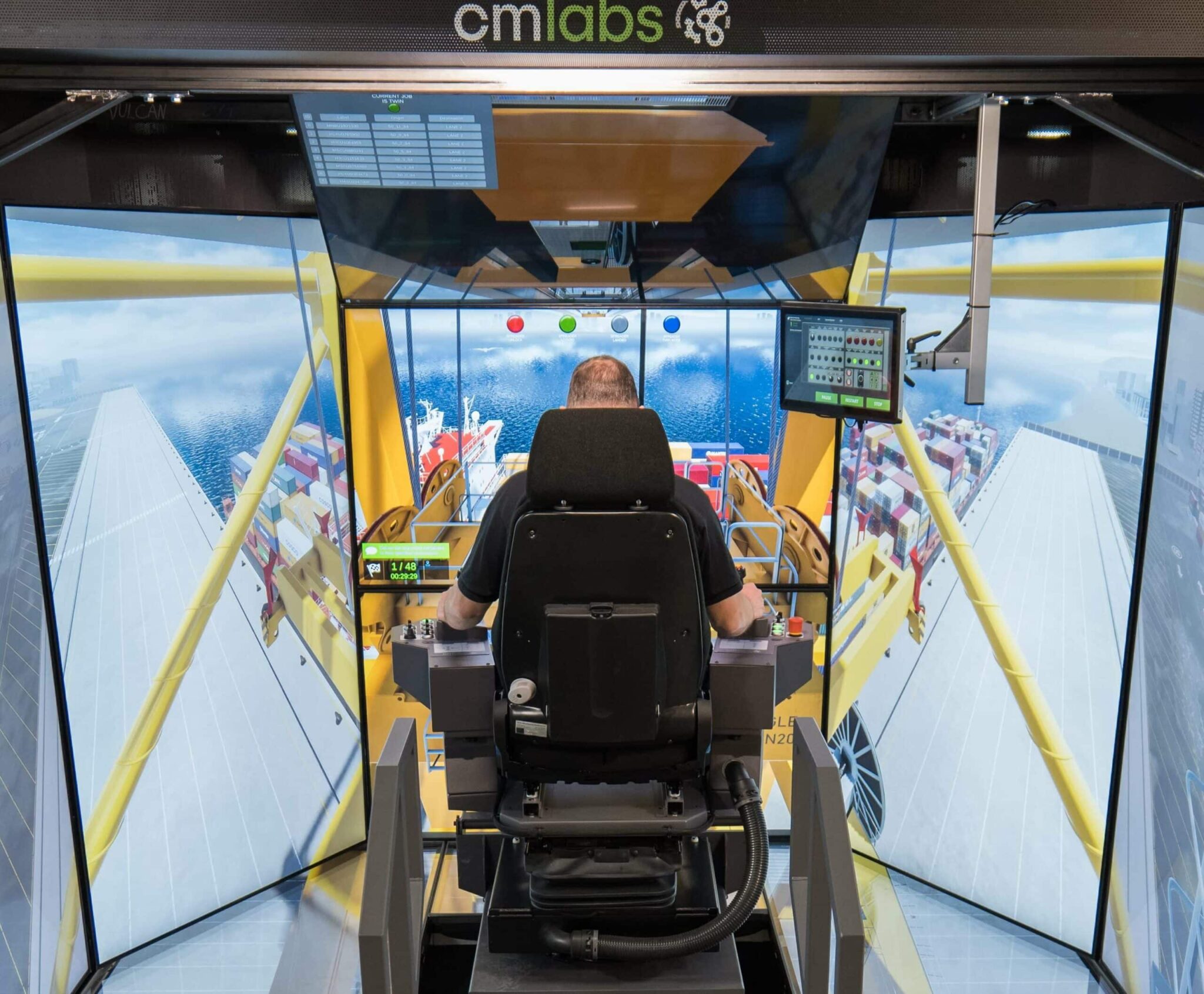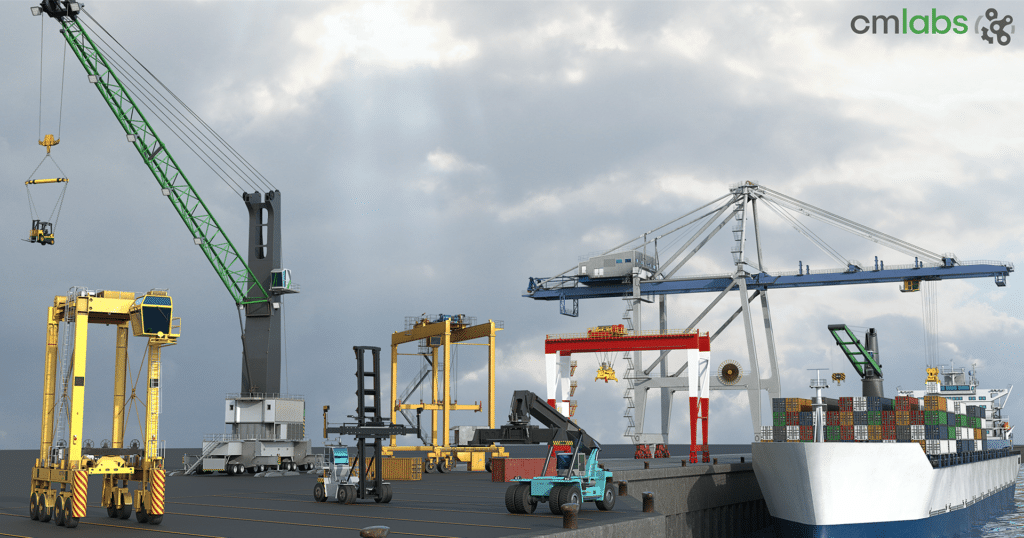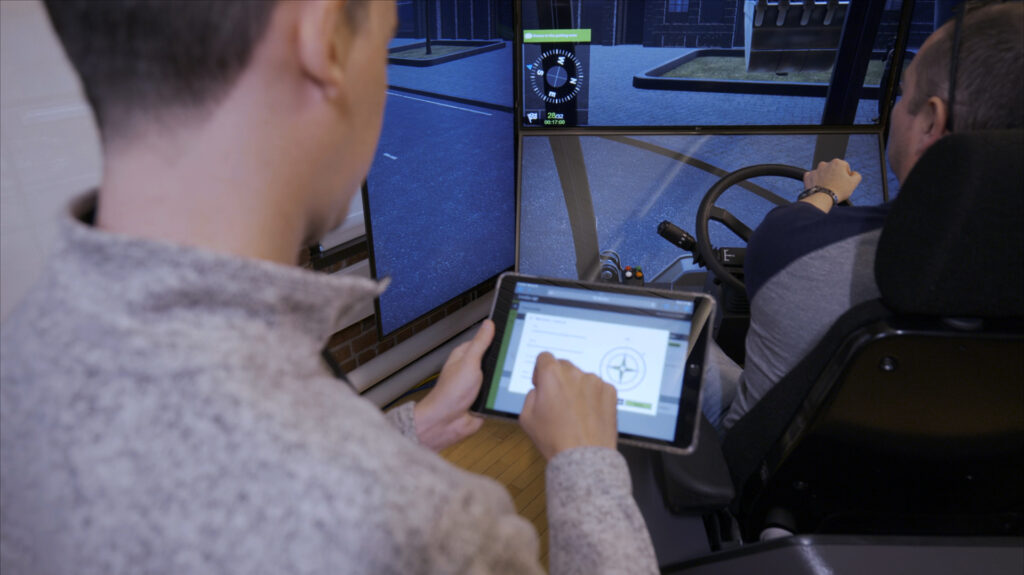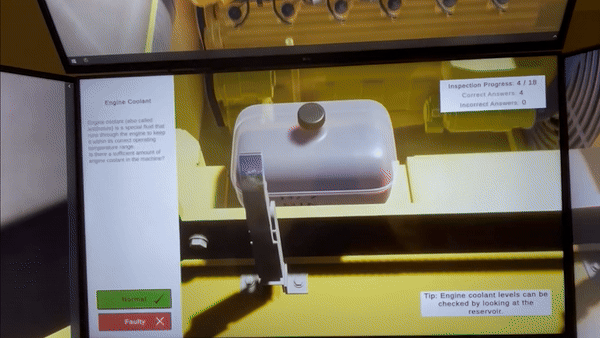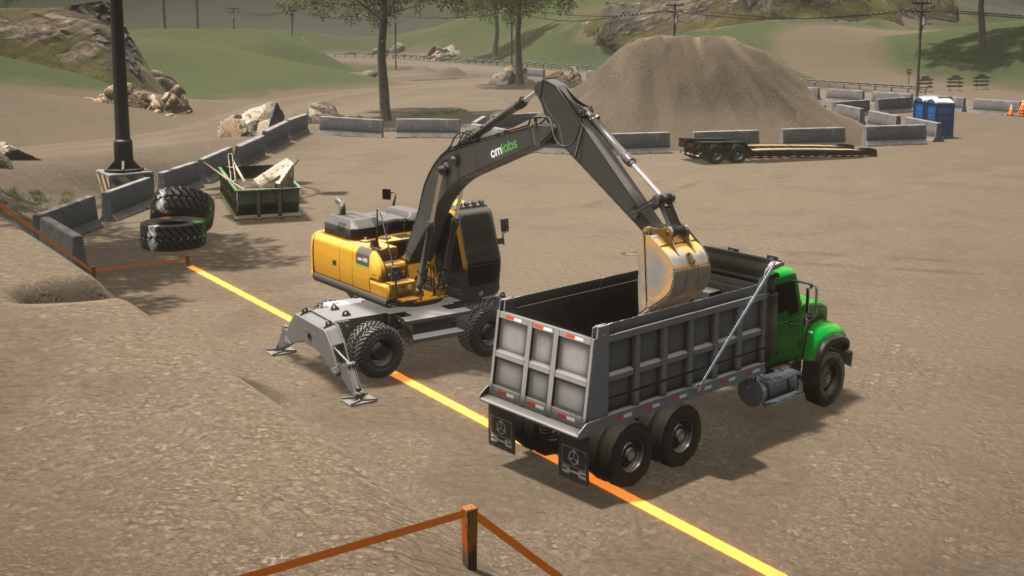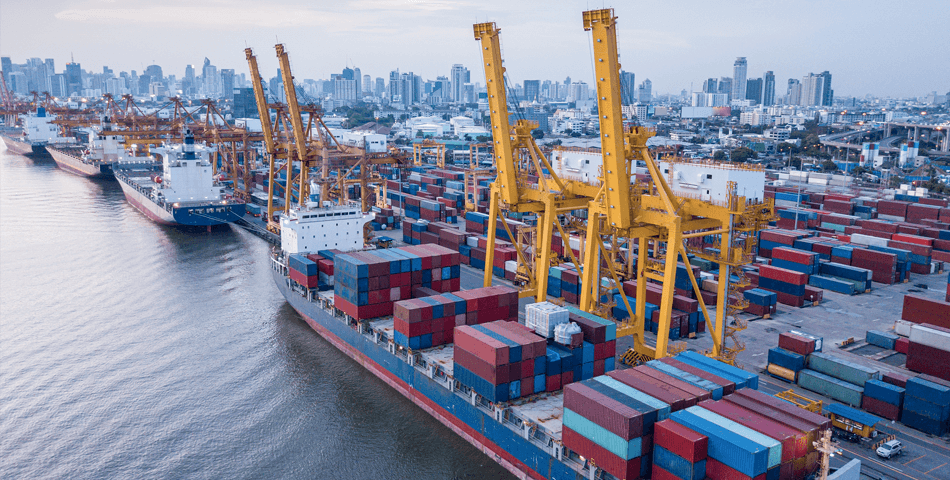Flinders Adelaide Container Terminal Reports Exceptional Productivity Boost with Vortex Simulators
Success Story Summary
The Organization
The Situation
The Solution
The Results
Tony Couzner doesn’t cut corners when it comes to training the crane operators at Flinders Adelaide Container Terminal. The Terminal is investing heavily in an ambitious plan to boost productivity, with an annual throughput target of more than 2.5 million twenty-foot equivalent units (TEUs) over the long term.
That’s why he needs to make sure his operators are ready to hit the ground running.
“Using the training simulator is already improving productivity and staff morale at the terminal,” says Couzner. “Employees are able to gain a high level of operational proficiency with the 950 tonne cranes, before they go into live operations.”
Lately, time-to-proficiency at the Terminal has improved dramatically, and as the Terminal’s Training Superintendent, Couzner couldn’t be happier. Typically, a new crane operator requires 180 hours of training on average to meet the required proficiency standards. With the simulator, the new trainees have managed to meet and exceed the level required in around 100 hours.
“Increased productivity across both training and our stevedoring operations has been a win-win for Flinders Adelaide Container Terminal and its valued shipping clients,” says Couzner.
According to Couzner, it’s the simulation-based training program that Flinders Adelaide Container Terminal launched early in 2015 that has made this boost in performance possible. “This is all down to the Vortex™ Simulator,” he says. “We’ve never been in such a strong position with our trainees. Now we can put them onto the ship and they’re prepared for almost any scenario they could encounter.”
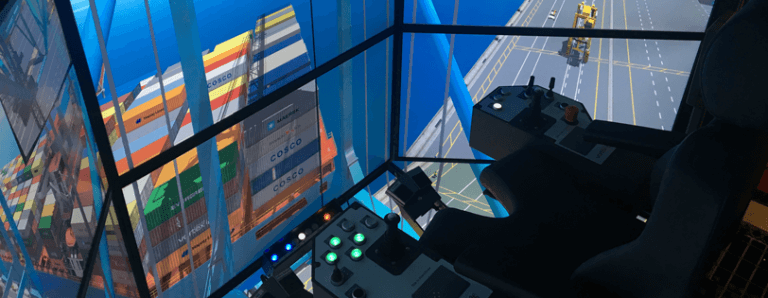
Employing a data-driven strategy
Couzner is using two of the world-class Vortex Simulators from CM Labs Simulations for port equipment operator training.
The simulators replicate the Flinders Adelaide Container Terminal’s new ship-to-shore (STS) cranes, and in fact were first deployed to assure operator readiness prior to full commissioning of the cranes. CM Labs’ unique system of swappable controls simultaneously provided the Terminal with the ability to train for itsexisting straddle carrier operations.
The Terminal’s productivity numbers are still climbing, as Tony Couzner’s training team find new ways of leveraging the Vortex Simulator’s metrics and data recording features. “We’ve already learned how we can use that data to improve the trainees’ operating capability,” he says. “I’ve been analysing known safety hazards as well as the overall operating performance for each student. That allows trainees to find out where they are at, and how they could improve.”
“We’ve never been able to put trainees out onto the vessel as prepared as the students who have come through the Vortex simulator training,” he continues. “It’s straight out of the sim, and into productive work on the real crane.”
“The biggest advantage we now have is continuity. We can start an operator’s training, and we don’t interrupt it. If you’re teaching out on the real crane, it’s a hit and miss situation. The crane might be required for operations, and you lose it from training.”
“For the business, high-risk training can be done in a controlled and completely safe environment and it does not impact on the productivity of loading and unloading vessels.”
Besides their 24/7 availability, Couzner says, what distinguishes the Vortex Simulators is the flexibility they bring to his training program:
“What stands out about the simulator? Flexibility — the simulator can create a range of different conditions for trainees. These include bad weather, poor light conditions, and container hazards, for example containers which have been damaged or moved into a position on a ship that is hard to reach due to bad weather on the voyage. We can cover these off within a set time frame rather than waiting for these conditions to happen on the wharf. So our new trainees are gaining high quality experience in a short space of time.”
As for the trainees themselves, Couzner says they have been quick to see the benefits of simulator-based training once they’re out on the job. In particular, the realism of the Vortex Simulator’s training modules is boosting operators’ experience and confidence.
Along with full replication of the actual Terminal environment—including layout, vehicles, and vessels—each simulator’s 12 high-resolution LCD displays provide a complete field of view. The operator seat is equipped with a 3 degree-of-freedom electro-mechanical motion platform to reproduce the acceleration and vibration experienced while operating the actual equipment.
“At times,” says Couzner, “the trainees experience a real sense of déjà vu when they’re out on the real crane — they say ‘you know, this could almost be the simulator.”
In the end, the benefit of the Vortex Simulators is straightforward, says Couzner.
“For the business,” he says, “high-risk training can be done in a controlled and completely safe environment and it does not impact on the productivity of loading and unloading vessels. For me personally, it gives me a great sense of accomplishment to produce crane operators who are confident, safe, and well prepared to work in our high-risk, fast-paced, dynamic environment.”
